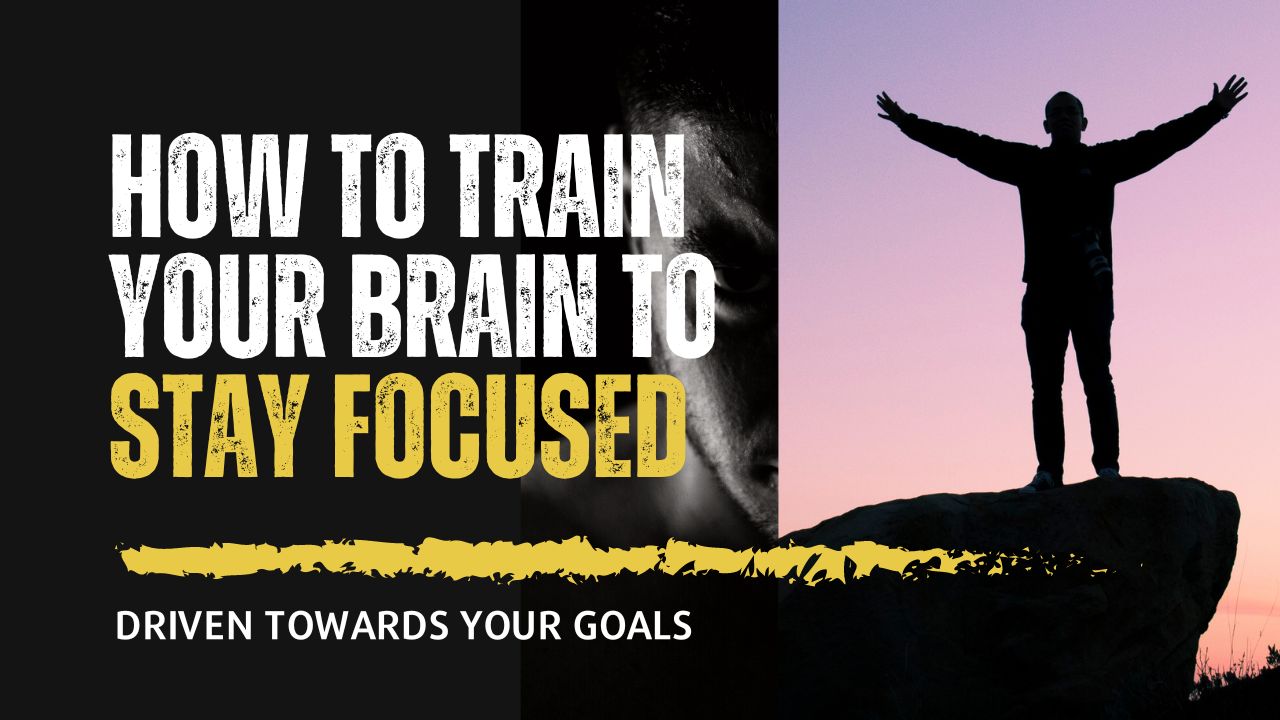
From the dawn of civilization, human beings have been prone to believing in myths and legends that shape our understanding of history. Some stories are so ingrained in our culture that we accept them as facts without questioning their validity. But what if I told you that some of the most widely accepted “facts” throughout history were lies? As a fact-checker, it’s time to debunk these falsehoods and shed light on the truth behind them. So sit back, relax, and get ready for a whirlwind ride through history as we expose the 10 biggest lies ever told!
The world is flat
For centuries, people believed that the world was flat. It wasn’t until ancient Greek philosophers began questioning this notion that we started to consider the possibility of a round earth. But it wasn’t until the 15th century when Portuguese explorer Ferdinand Magellan circumnavigated the globe that the idea of spherical earth became widely accepted.
It’s easy to see why so many people clung to the idea of flat earth for so long. From our vantage point on land, everything appears relatively flat and two-dimensional. Plus, early sailors who ventured out into uncharted waters were understandably hesitant about falling off the edge of what they thought was an endless horizon.
But as science progressed, we learned more about how our planet works and gained evidence supporting a spherical shape. Today, thanks to advancements in technology like satellite imagery and space travel, there’s no denying that the world is indeed round – sorry Flat-Earthers!
The Earth is the center of the universe
For centuries, people believed that the Earth was the center of the universe. This theory, known as geocentrism, was supported by many prominent philosophers and scientists in ancient Greece and Rome.
One of the most famous proponents of this theory was Ptolemy, who believed that all celestial bodies revolved around a stationary Earth. His model became widely accepted in medieval Europe and remained dominant until Copernicus proposed his heliocentric model in the 16th century.
Despite overwhelming evidence to support heliocentrism today, some people still cling to the idea that Earth is at the center of everything. These individuals often cite religious or spiritual beliefs as their reason for rejecting modern science.
However, it’s important to remember that scientific theories are not based on personal opinions or beliefs; they are grounded in empirical evidence and observation. And while it may be comforting to think that we occupy a special place in the cosmos, there is no scientific basis for believing that our planet has any greater significance than any other celestial body.
We only use 10% of our brain
Have you ever heard that humans only use 10% of their brains? This is a popular myth that has been debunked by many scientists. We use almost all of human brains throughout the day.
Different regions of the brain are responsible for different functions such as movement, language, and memory. Even when we are sleeping, our brains are still active and processing information.
So where did this myth come from? Some experts believe it may have originated from misinterpreted studies or even advertisements in the early 1900s promoting supplements to boost brain function.
Regardless of its origin, it’s important to recognize that the idea that we only use 10% of our brains is simply not true. By understanding how our brains work and utilizing them effectively through activities like learning new skills and challenging ourselves mentally, we can maximize our potential.
Vaccines cause autism
The idea that vaccines cause autism has been a long-standing myth and one of the most dangerous ones at that. Despite numerous scientific studies disproving this claim, some people still believe it to be true.
The origins of this theory can be traced back to a single study in 1998 that claimed there was a link between the MMR vaccine and autism. However, this study has since been discredited and retracted due to serious flaws in its design and methodology.
Since then, multiple large-scale studies involving hundreds of thousands of children have found no evidence linking vaccines with autism. Vaccination rates have helped prevent countless deaths from diseases such as polio, measles, mumps, rubella, and more.
Parents understandably want what’s best for their children’s health but falling prey to baseless theories only puts them at risk. We must rely on facts when it comes to our health decisions rather than fear-mongering or misinformation circulating online.
Pyramids were built by slaves
The idea that the pyramids were built by slaves is one of the most pervasive myths in history. While it’s true that laborers were used to constructing these massive structures, they weren’t technically slaves.
Many of the workers who built the pyramids were skilled craftsmen and respected members of their communities. They were paid for their work with food, clothing, and other goods – a far cry from the brutal conditions associated with slavery.
It’s also worth noting that building such monumental structures required an extraordinary level of organization and cooperation. The workers had to be well-fed and rested to ensure they could perform at their best.
So while there may have been some forced labor involved in pyramid construction, it’s important not to oversimplify this complex process or diminish the contributions of those who worked on these incredible feats of engineering.
Christopher Columbus discovered America
Many of us grew up learning that Christopher Columbus discovered America. However, this is one of the biggest lies in history. The fact is that indigenous peoples were already living in North and South America long before Columbus ever set foot on these lands.
While it is true that Columbus made four voyages across the Atlantic Ocean, he aimed to find a new route to Asia for trade routes rather than discover new land. On October 12, 1492, he landed on an island in what is now known as the Bahamas and believed he had reached India.
Columbus’ arrival marked the beginning of European colonization and exploitation of native peoples in the Americas. His actions led to the massive destruction of cultures, languages, and ways of life; as well as genocide through diseases introduced by Europeans to which native populations had no immunity.
Therefore, we should not perpetuate this lie but instead acknowledge native people’s histories and contributions while also educating ourselves about their struggles against colonialism and ongoing marginalization today.
Humans evolved from apes
One of the most widely accepted scientific theories is that humans evolved from apes. This theory has been supported by multiple lines of evidence, including genetic similarities between humans and primates, as well as fossil records.
However, it’s important to note that this does not mean that modern-day apes are our direct ancestors. Rather, both modern humans and modern apes evolved from a common ancestor millions of years ago.
The process of evolution is slow and gradual, taking place over many generations through natural selection. This means that small changes in DNA can accumulate over time, leading to significant differences between species.
While some may find the idea of being related to primates uncomfortable or even controversial, it’s important to remember that all living organisms share a common ancestry. Ultimately, understanding our evolutionary history can help us better understand ourselves and our place in the world.
Hitler was a vegetarian
There is a popular myth that Adolf Hitler was a vegetarian, but this claim has been debunked by historians. While it’s true that Hitler did follow a mostly vegetarian diet at times, he also consumed meat on occasion.
According to his chef, Dione Lucas, Hitler enjoyed dishes such as stuffed pigeons and liver dumplings. Other sources have reported that he ate sausages and even had a fondness for ham sandwiches.
So why does the myth persist? It may be due in part to propaganda efforts during World War II to paint Hitler as an eccentric and unnatural leader. In reality, his dietary habits were not unusual for someone of his time and social status.
Regardless of what he ate or didn’t eat, it’s important to remember the atrocities committed under Hitler’s leadership and never use his supposed vegetarianism as an excuse for overlooking the horrors of Nazi Germany.
Honesty is the best policy
Honesty is often considered the best policy, but is it? While telling the truth can be beneficial in many situations, there are times when honesty may not always be the most appropriate approach.
For instance, if someone asks you for your opinion on their new haircut and you don’t particularly like it, should you tell them the truth and risk hurting their feelings or lie to spare their emotions?
In some cases, a little white lie may be more acceptable than brutal honesty. Certain situations may require diplomacy rather than sincerity.
However, being honest does have its advantages. It can build trust between individuals and help foster strong relationships based on open communication. Honesty also promotes accountability and responsibility.
Ultimately, whether honesty is truly the best policy depends on context. Sometimes tactfulness is needed while other times total transparency reigns supreme. As with many things in life, balance and discretion are key factors to consider when deciding how much truthfulness should be shared in any given situation.
There are only 24 hours in a day
History is full of lies and misconceptions that have been passed down from generation to generation. We need to question everything we’ve been taught and seek the truth through fact checks.
By debunking these 10 biggest lies ever told in history, we can better understand how false information can spread and manipulate the way we perceive the world around us. Let’s continue to educate ourselves with reliable sources and never stop seeking knowledge.
And remember, while there may only be 24 hours in a day, it’s up to us how we choose to spend them. So let’s make every moment count by living our lives with integrity, honesty, and curiosity.













